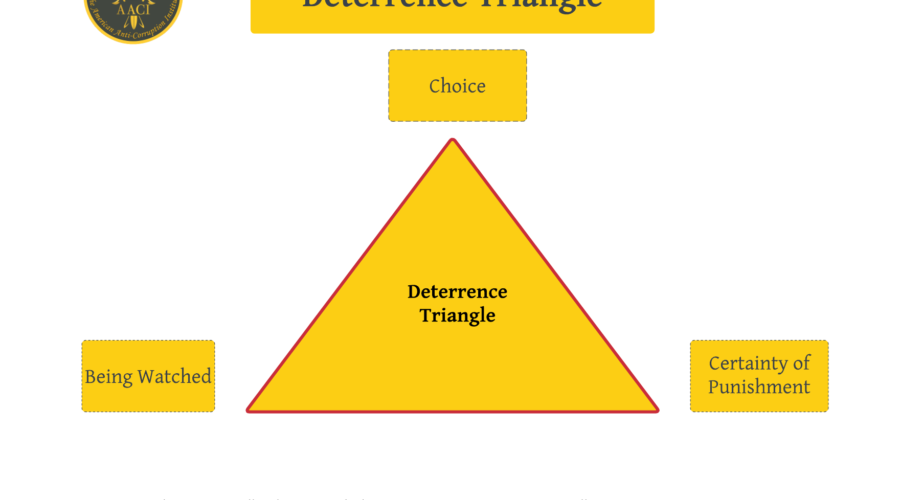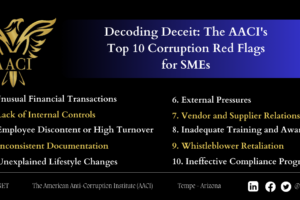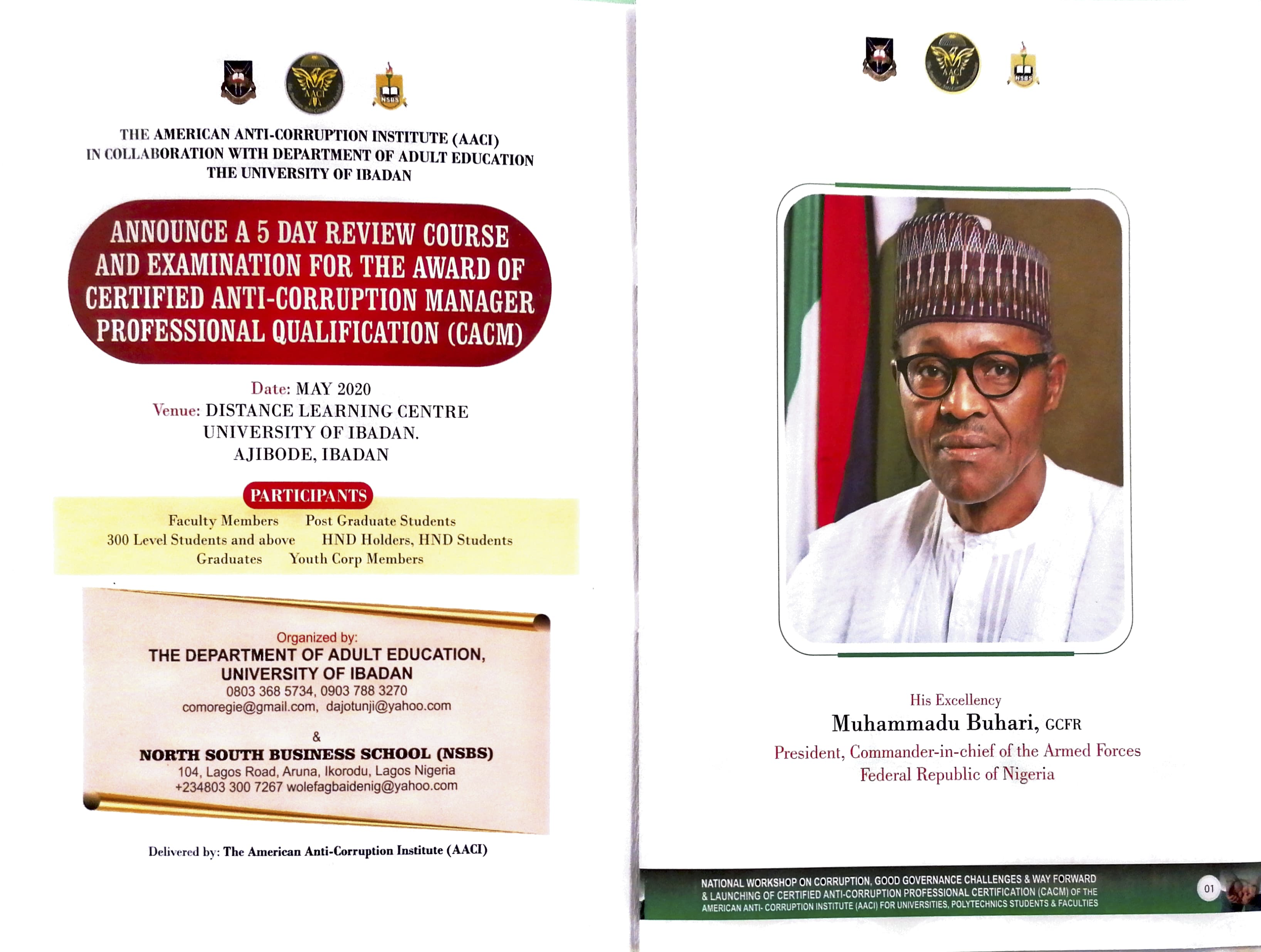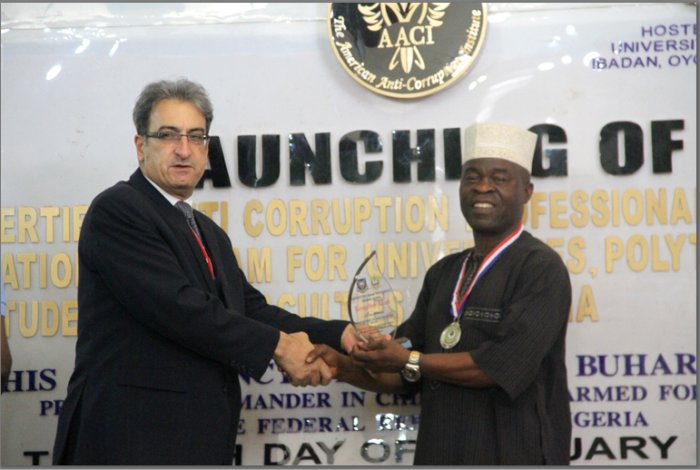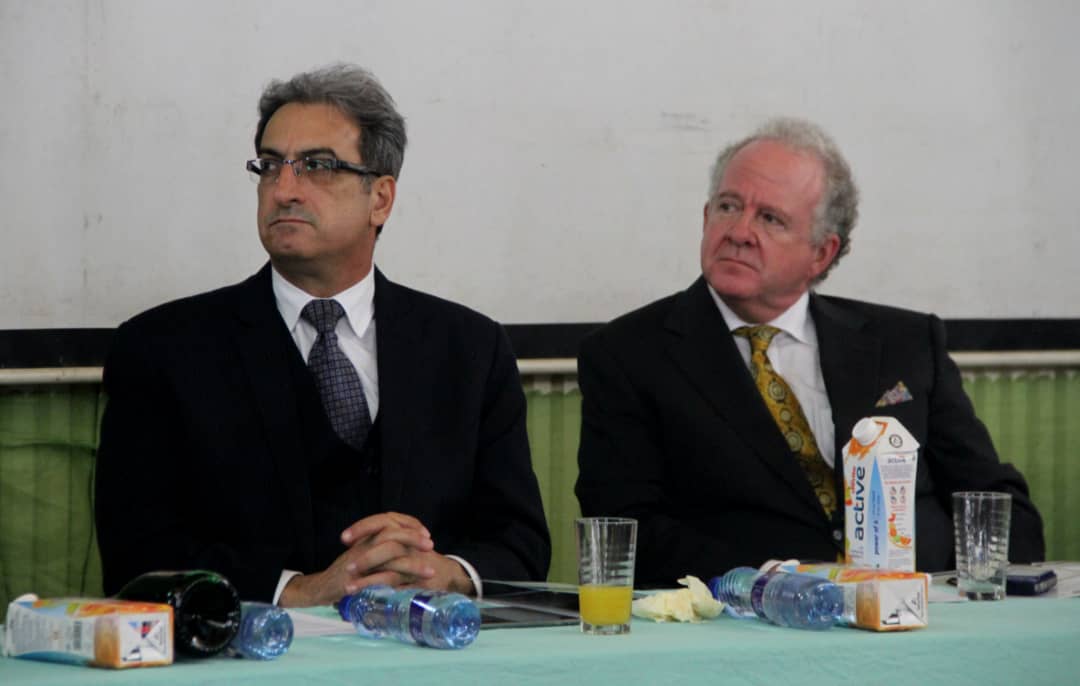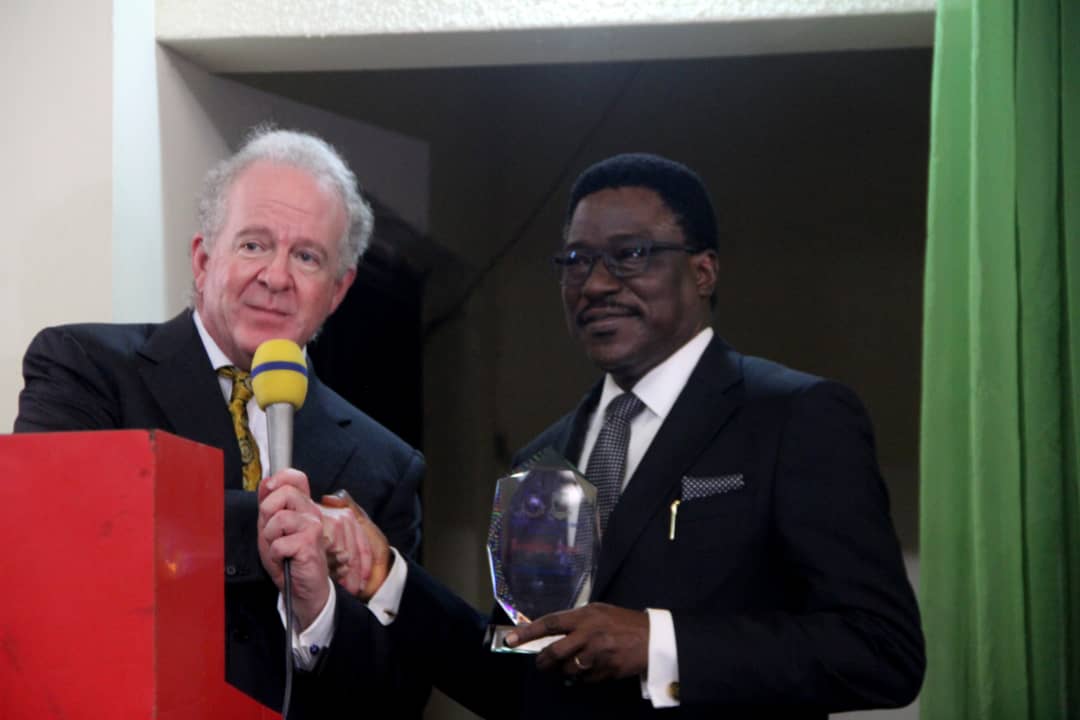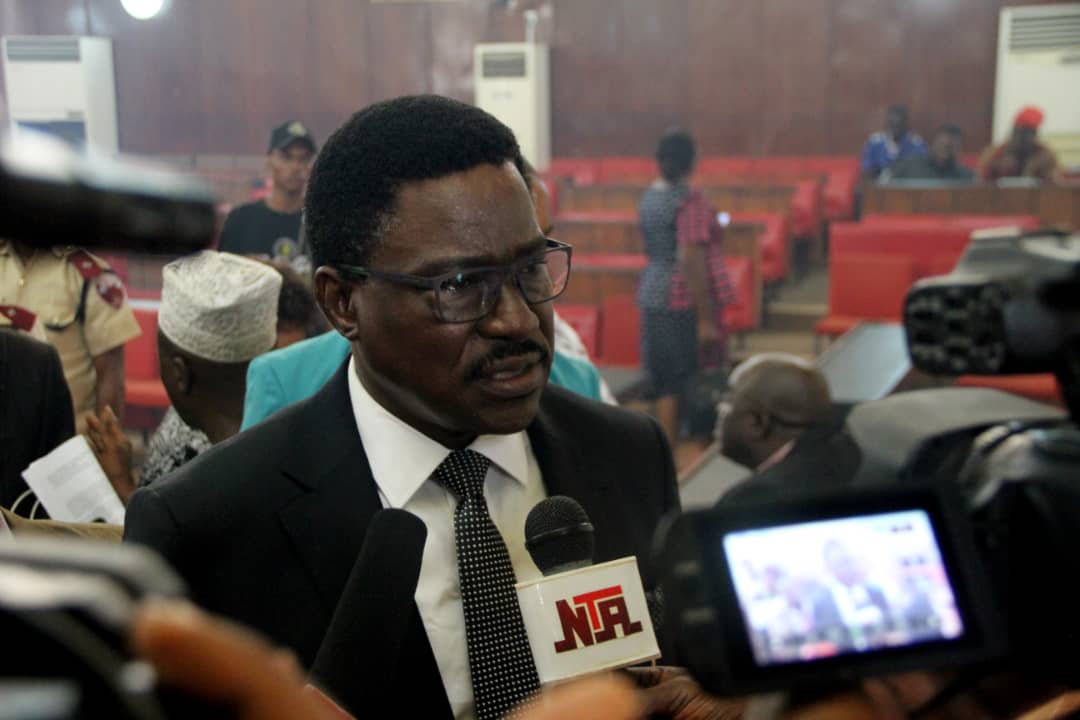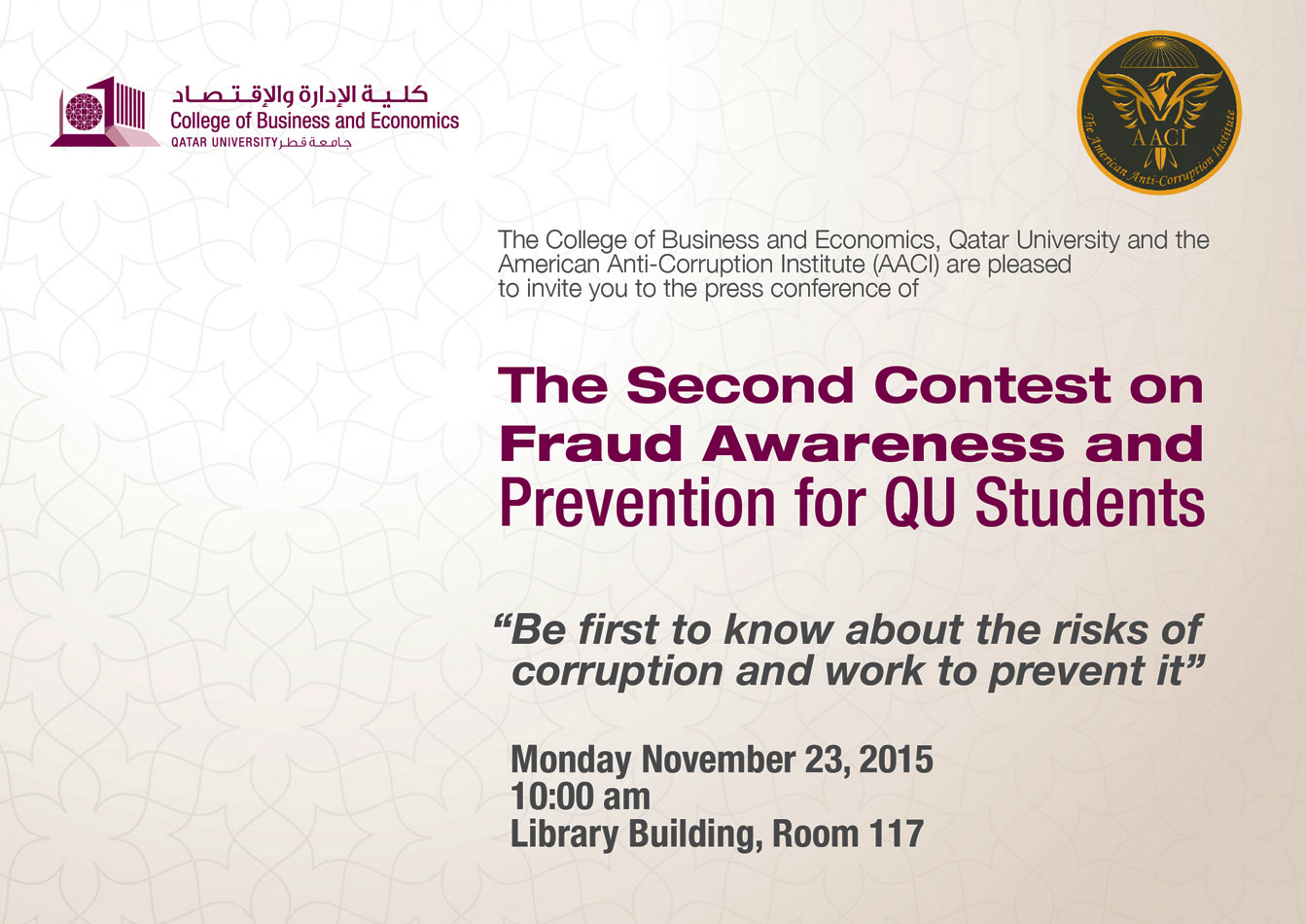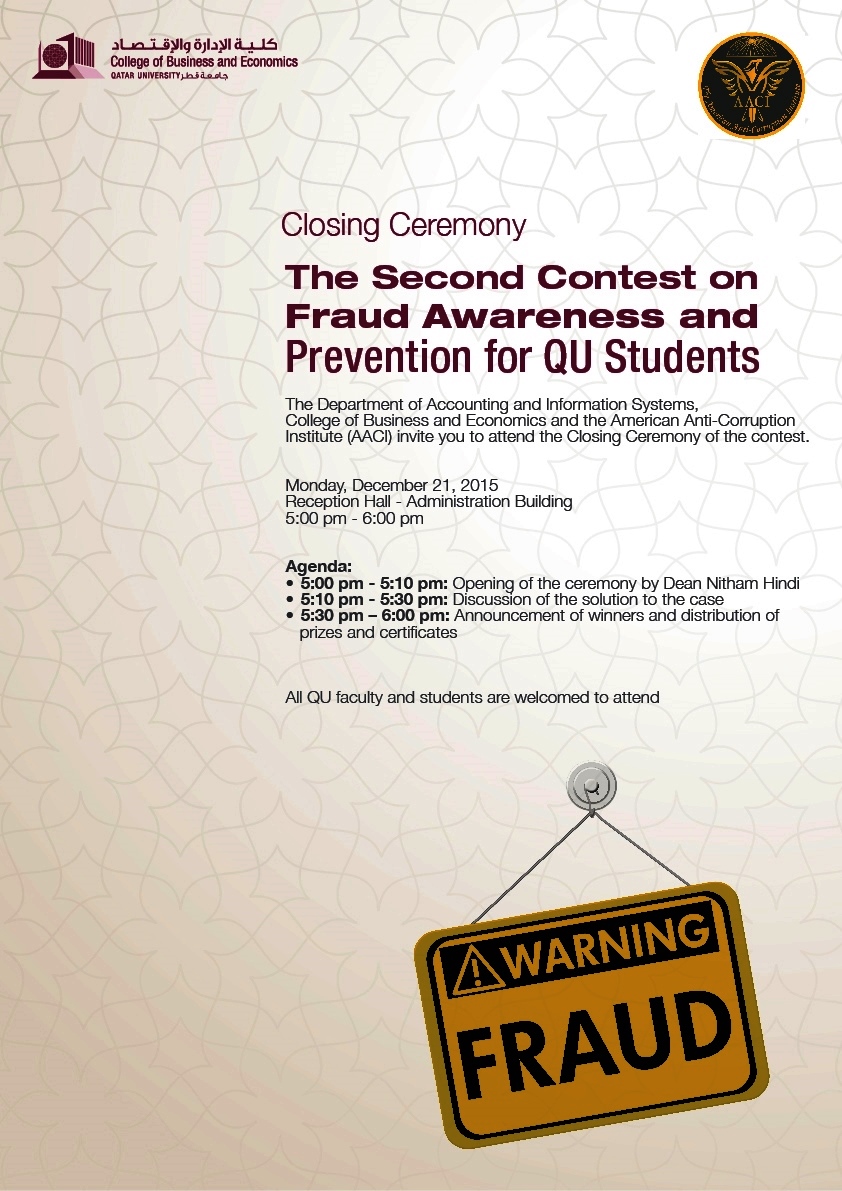Mike Masoud
September 14, 2022
Evidence shows that when an individual believes that he is being watched, he makes sure that his behavior complies with what is expected of him. For example, it is more likely than not that students do not cheat on exams when they believe that they are being watched by humans or cameras. When deterrence is professionally designed and implemented adequately, its monetary and non-monetary savings are remarkable. But the effectiveness of deterrence depends on three components.
Components of Effective Deterrence
The object being watched should believe that
1. It is being watched, and
2. There is a certainty of deterrent punishment, and
3. The suffered losses would exceed the expected benefits of the best next alternative course of conduct: Choice.

Deterrence applies to objects. They could be individuals, organizations, departments, functions, subsidiaries, or counties. It applies to all sorts of economic sectors.
The mere belief of the object being constantly under surveillance would be sufficient enough to fulfill the first requirement. It does not matter whether there is a watcher or not.
Certainty of punishment is a must to have an effective deterrent. Certainty of punishment is one of the ten principles of fighting corruption promulgated by The American Anti-Corruption Institute (AACI). The person should deeply believe that he is under the law. The object should believe that no one should intervene to protect it. In other words, the object will be held accountable irrespective of its status.
We should emphasize that the greater the effectiveness and independence of the judiciary, the more effective the deterrence is.
The last component shows that the object should have a free choice and make its trade-off between the courses of action. The person must make an informed decision.
One should not conclude that when deterrence components exist, the object will not commit its ill act. But it provides a reasonable basis to understand how it failed or succeeded in lowering corruption levels.
Breakdown of Deterrence
The tone set at the top by those who are charged with governance is what, to a great extent, stipulates the effectiveness of deterrence. When the head of state, minister, CEO, department head, etc., supports the concept of effective deterrence in appearance and in fact, corruption levels decline significantly over a short period. Effective leadership establishes and maintains effective deterrence.
When one or more components of deterrence are not effective or do not exist, deterrence fails. As a result, one cannot conclude that the fight against corruption is effective.


